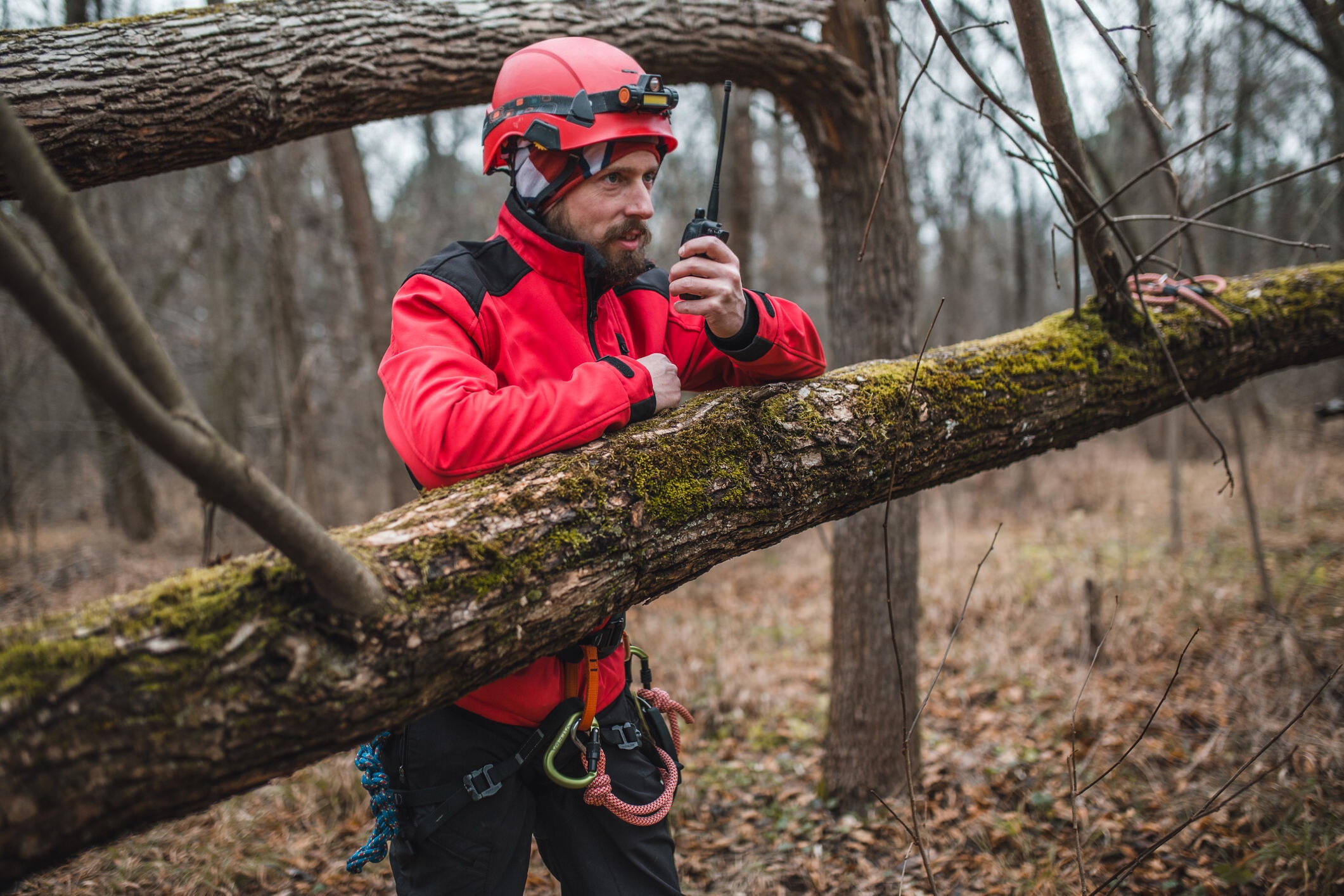In today’s fast-paced world, clear and reliable communication is essential—especially in industries like construction, security, logistics, and event management. Walkie talkies remain a trusted tool for real-time communication, but to make the most out of them, it’s important to understand how walkie talkie frequency works.
Whether you’re a first-time user or looking to upgrade your communication system, this guide will explain everything you need to know about walkie talkie frequencies and how to choose the right one for your needs.
What is Walkie Talkie Frequency?
Walkie talkie frequency refers to the specific radio frequency bands that two-way radios use to transmit and receive signals. Each walkie talkie operates on a particular frequency or range of frequencies, allowing users to communicate over short or long distances without interference.
Types of Walkie Talkie Frequencies
There are two primary frequency bands used in commercial and personal walkie talkies:
- UHF (Ultra High Frequency) – 300 MHz to 3 GHz
- Best for: Indoor use or environments with lots of obstacles (e.g., buildings, walls)
- Range: Medium-range communication
- Advantages: Better at penetrating steel, concrete, and other solid materials
- Popular UHF Frequencies in Malaysia: 400–470 MHz
- VHF (Very High Frequency) – 30 MHz to 300 MHz
- Best for: Outdoor or open-area use (e.g., parks, construction sites)
- Range: Long-range communication in unobstructed areas
- Advantages: Greater range in open environments
- Common VHF Frequencies in Malaysia: 136–174 MHz
Walkie Talkie Frequency in Malaysia – What’s Allowed?
In Malaysia, walkie talkie usage is regulated by the Malaysian Communications and Multimedia Commission (MCMC). Using unauthorized frequencies can result in legal penalties. Businesses must ensure that their walkie talkies are approved by MCMC and operate on permitted frequency bands.
At Sole Engineering, all our walkie talkies comply with MCMC standards and are pre-programmed with approved frequencies for safe and legal use.
How to Choose the Right Walkie Talkie Frequency
Selecting the appropriate frequency depends on your use case. Here are a few tips:
- For Indoor or Urban Use: Choose UHF for better penetration through buildings.
- For Outdoor Use: Opt for VHF to get a longer range in open areas.
- For Events or Security: Use UHF to avoid interference in crowded environments.
- For Marine Use: Special VHF marine frequencies are required.
Need help? Our team at Sole Engineering can recommend the best frequency band and walkie talkie model based on your working environment.
Programmable Frequencies and Privacy Codes
Modern walkie talkies offer programmable frequencies and CTCSS/DCS privacy codes, which help avoid interference from other users on the same frequency. These features provide secure and private communication, especially in busy areas.
Why Frequency Matters in Walkie Talkie Performance
The right frequency affects:
- Signal Clarity: Avoid static and dropped calls
- Transmission Range: Maximize coverage area
- Battery Efficiency: Use less power on the right frequency
- Legal Compliance: Avoid fines or equipment seizure
Why Choose Sole Engineering for Walkie Talkies in Malaysia?
At soleengineering, we supply high-quality UHF and VHF walkie talkies from leading brands. We also provide:
- Expert advice on frequency selection
- MCMC-compliant devices
- Walkie talkie programming and setup
- After-sales support and accessories
Whether you need walkie talkies for business, events, or personal use, Sole Engineering is your trusted communication partner in Malaysia.
Conclusion
Understanding walkie talkie frequency is crucial for optimizing your communication system. From choosing the right UHF or VHF band to ensuring legal compliance in Malaysia, the right frequency makes all the difference in performance and clarity.
Looking to upgrade your walkie talkies or find the perfect communication solution? Contact Sole Engineering today for expert guidance and high-performance equipment tailored to your needs.







